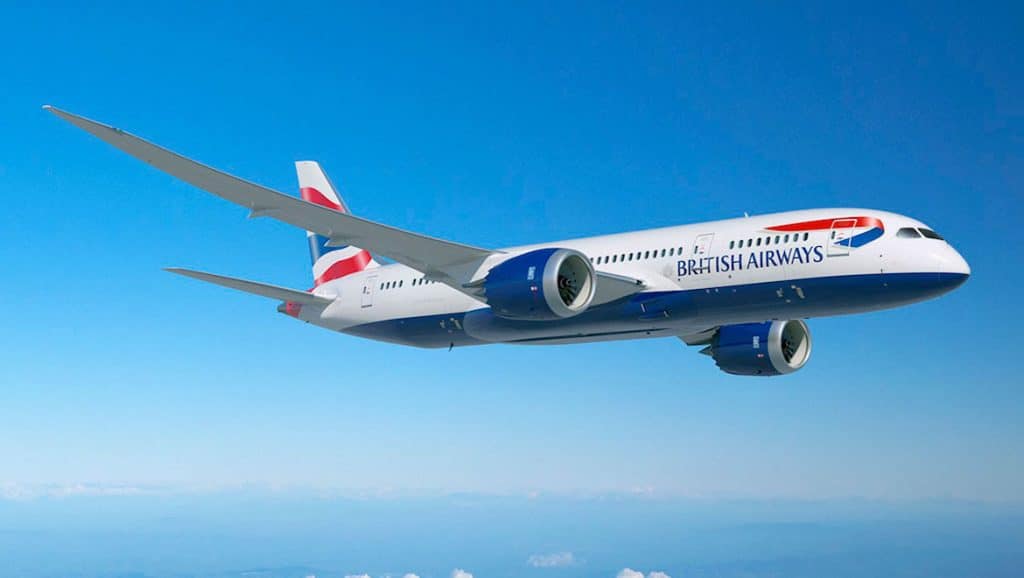
British Airways flight BA269 travelling from London Heathrow to Los Angeles International was forced to turn around mid-air and return to London.
The Boeing 787 Dreamliner took off from LHR at 4:40pm local time on Monday, headed for LAX, before it was forced to return to its origin.
Around 30 minutes into the flight, BA269 entered into a holding pattern 10,000 feet above the North Sea, where it stayed for around 45 minutes.
The aircraft was forced to dump fuel into the ocean to reduce its landing weight, before it returned safely to Heathrow, about an hour and half after it first departed.
While the reason for the incident is not yet entirely clear, reports suggest there may have been some error with the flaps on the aircraft.
Passengers were exited from the aircraft and provided with another flight to LAX around two hours later.
Without providing much insight into the matter, a spokesperson from British Airways said, “Our highly-trained pilots returned to Heathrow as a precaution. The aircraft has landed safely and we have a replacement aircraft standing by to get our customers away on their journey as quickly as we can.”
Meanwhile, a staff member at Heathrow Airport noted that “no emergency services” were required following the plane’s return to London.
This story will be updated once more information becomes available










